How Much Does Loft Insulation Save You?
- How much does insulating a loft save in energy bills?
- Insulating a loft reduces your environmental impact
- Other things to consider with loft insulation
Insulating a loft will save on your yearly energy bills, but by how much depends on a variety of factors, including thickness of insulation, the design of your house and what heating system you have. You’ll receive the most benefit if your home doesn’t have an insulated loft, but savings can still be made if you top-up your loft insulation too.
Looking for insulation? Use our quote comparison tool to find out how much you'd pay. It only takes a minute.
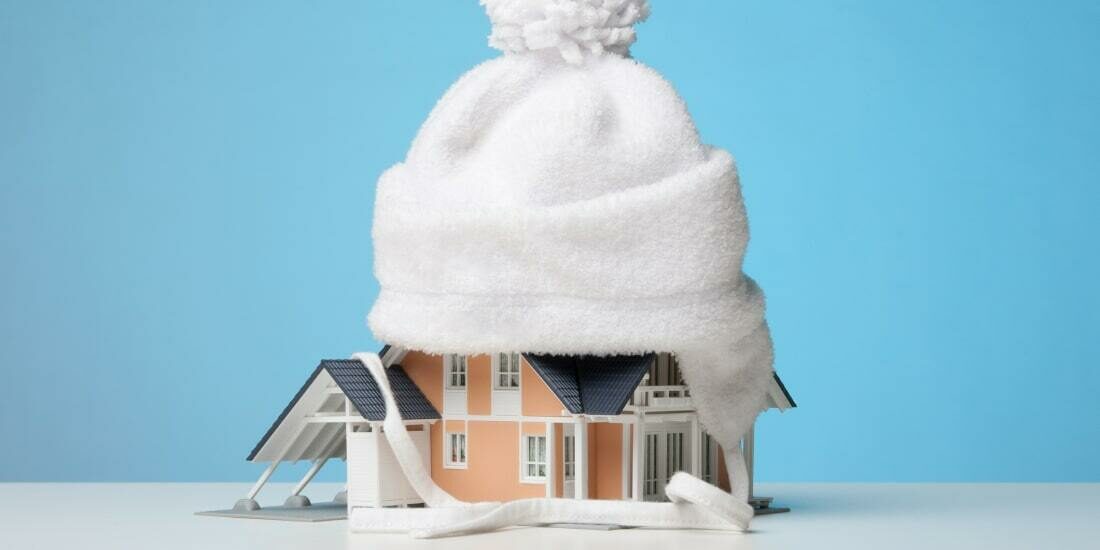
What's On This Page?
Click the links below and head straight to a specific section of the article.
Why Install Loft Insulation?
Insulating your loft improves the thermal efficiency of your home, which reduces the cost of heating. It can sometimes be a recommendation on the EPC rating for your home, and if implemented will make it more energy efficient and cheaper to heat. You may even be able to increase the EPC rating of your home by insulating a loft.
The recommendation for insulating a loft through traditional means is to 270mm thickness, as this provides the most amount of savings. Generally, with mineral fibre insulation at least, the thicker the insulation, the better the efficiency and performance.
If your home is uninsulated, a quarter of your home’s heat is lost through the roof. This is a substantial loss, and by insulating your loft you can reap the benefits immediately. You can see the rough percentages of heat loss for an uninsulated home in the pie chart below.
If your loft has no damp or condensation problems, it should be easy to install loft insulation yourself. If you don’t opt to use a professional, it will save you money as well.
Read our related article about insulating a loft yourself here.
Cost and Savings of Insulating a Loft
The main points to consider when insulating a loft are in terms of how much your energy bills will be reduced by, what the environmental saving is and how much it will cost upfront.
Cost Saving
First of all, let’s look at what you’ll be saving in terms of tangible costs. Insulating a loft will reduce your energy bills as your home will be able to retain more of the heat that your central heating system generates. This means your heating system doesn’t have to keep working to replace the heat that escapes.
If you do not yet have loft insulation, you will save the most amount of money on your energy bills. They can be reduced by anything between £240 and £445, depending on your house type. This is if you’re insulating a loft to 270mm.
However, if you already have loft insulation, you can still save on your energy bills if you upgrade it from 120mm to 270mm. This will save between £25 and £40, depending on your house type.
Environmental Saving
In the age of going green and looking at ways in which you can be more sustainable, it’s important to consider the carbon footprint. Insulating a loft reduces carbon emissions, and the better the insulation, the more carbon savings you’ll reap.
If you’re insulating a loft that’s uninsulated to 270mm thickness, you can save anything from 475-1,000kg CO₂e, depending on your house type. A tonne of CO₂ is the equivalent of 500 fire extinguishers.
If you upgrade your loft insulation from 120mm to 270mm, this will save between 50 and 95kg CO₂e, depending on house type. This can be the same carbon footprint as manufacturing a smartphone.
While there are additional ways of reducing the environmental impact of your home, insulating a loft is one of the quickest and easiest. You can be more content knowing that you’re not producing as much to the climate crisis as you previously were through home heat loss.
Installation Cost
The final hurdle to consider is how much insulating a loft costs. Depending on your house type, this can be anything between £880 and £1,200. This is the benchmark for an uninsulated loft being fitted with 270mm insulation. If you’re topping up your existing loft insulation, this will reduce the range to between £720 and £940, again, depending on house type.
Learn more about loft insulation costs in our related article.
The interactive graph below breaks down all the data for insulating a loft for the sake of comparison. While the best savings come from improving an uninsulated loft, you can still gain from topping up your insulation to the recommended 270mm thickness.
Payback Period
While talking about upfront costs, it’s also important to consider the lifespan of loft insulation and when the payback period will be. This refers to how long it will be before the insulation effectively pays for itself through savings. Insulating a loft is effective for 40 years and it will pay for itself many times over during that time.
The payback period for insulating a loft differs depending on your circumstances, so if you receive a grant, this will reduce it considerably. On average, payback can be anywhere between one and three years, which is relatively quick when compared to other payback periods. If you use other methods, such as spray foam, this will increase the payback period to up to nine years.
Spray Foam
If you wish to insulate a loft and are looking at all the options available, then you could always consider spray foam. An in-depth guide to spray foam can be found here.
Spray foam is an alternative to conventional loft insulation, but it is more expensive, costing around £2,500 for a three bedroom semi-detached property. With the extra cost of insulating a loft with spray foam also comes the drawback that you’re not able to install it yourself, unlike traditional mineral fibre loft insulation.
While the price for insulating a loft with spray foam can be an obstacle, the thickness of spray foam can be a lot less than traditional loft insulation. According to the National Insulation Association, 100mm thick spray foam is the equivalent to around 170mm mineral wool insulation. This means that less space can be taken up, which is useful if you wish to use your loft for storage purposes.
Read more about the benefits of insulating a loft with spray foam.
Insulation Grants
If you’re on a low income or various benefits, you may qualify for a government grant for insulating a loft. The ECO programme is funded by the big energy companies and was set up to improve the energy efficiency of homes that need it most.
ECO grants can help pay for various energy improvements to a home, such as cavity wall insulation, boiler replacement and loft insulation. The fourth version is currently in operation and will run until 31st March 2026.
To apply for an ECO4 grant, you need to get in contact with an energy supplier that is part of the scheme. If you qualify, they can cover the cost of insulating a loft.
Related articles
View all Insulation articles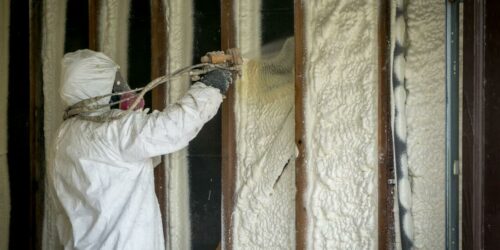
How Long Does Spray Foam Insulation Last?
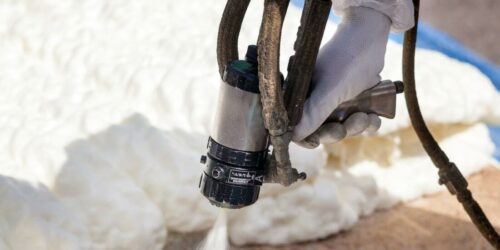
Can I Install DIY Spray Foam Insulation Myself?
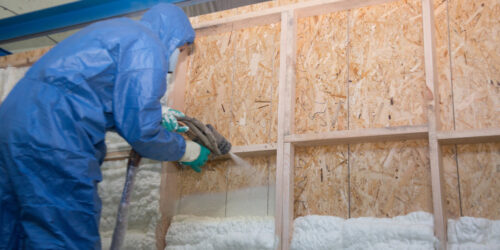
Six Benefits of Spray Foam Insulation
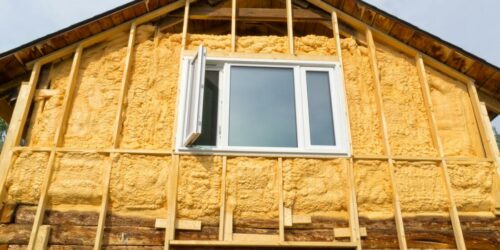
Is My Property Suitable for Spray-On Insulation Foam?

Why Consider Spray Foam Insulation in Roofs?
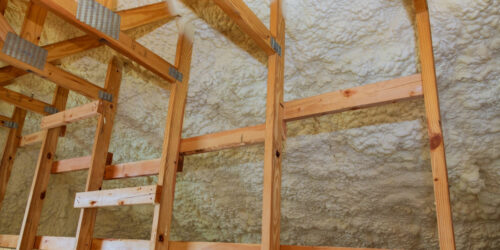
Icynene Spray Foam Insulation: A Complete Guide
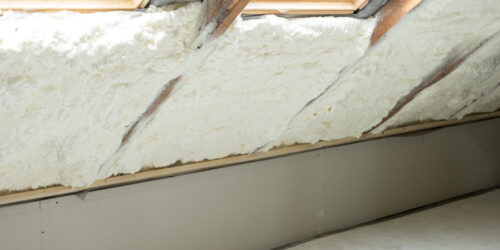
Spray Foam Insulation Installers: What to Expect







